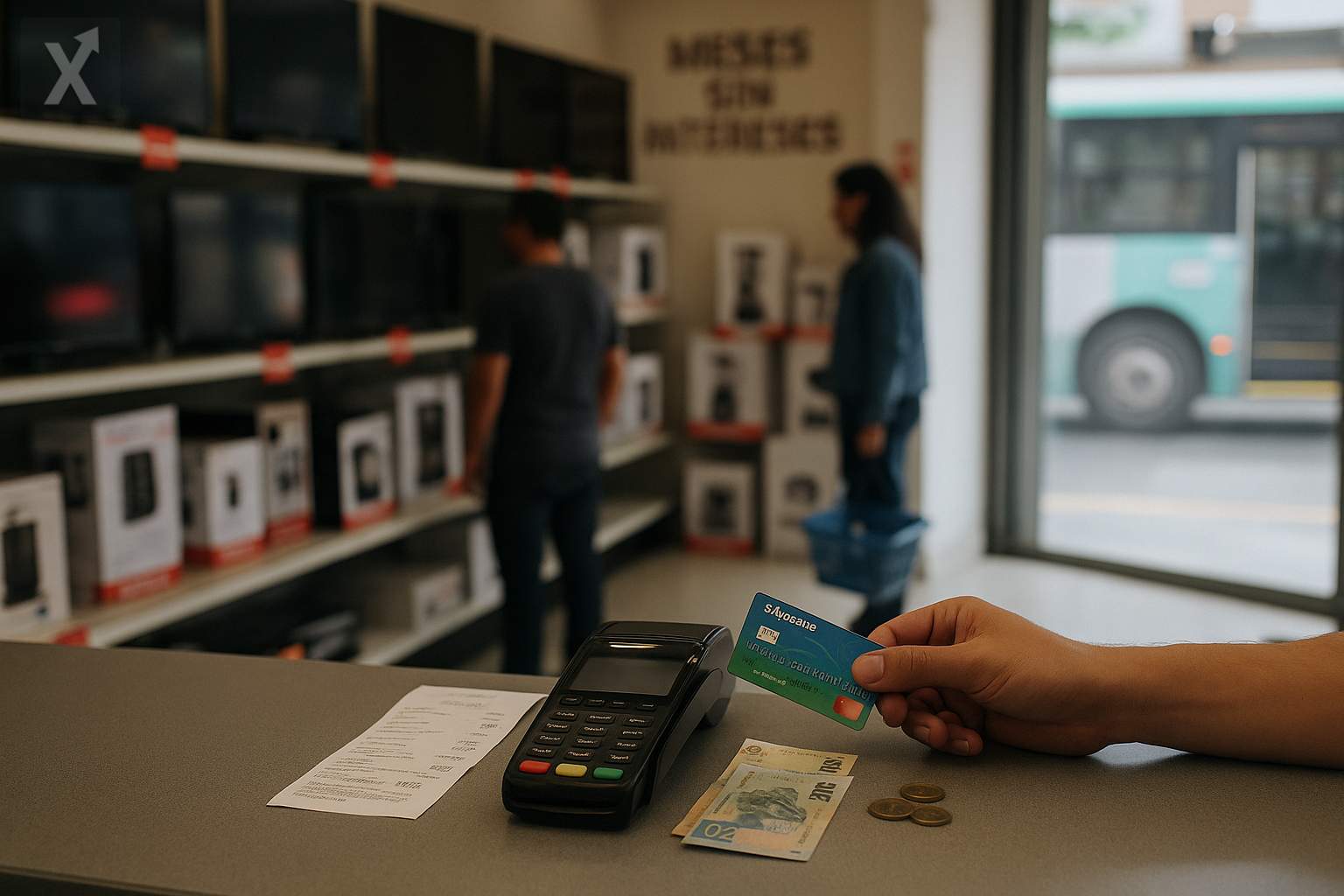Buen Fin and Black Friday, Mexican Style: More Shoppers, Cautious Spending in a High-Rate Environment

The promo season that combines Buen Fin and Black Friday is gaining traction in Mexico, with retailers reporting higher in-store and online traffic, but shoppers are being more selective before reaching for their wallets. Even though overall inflation has eased from the peaks of 2022, persistent pressure on services and still-high interest rates are keeping spending in check, forcing retailers to compete with tiered discounts, interest-free installment plans, and increasingly aggressive loyalty programs.
The “more eyes, fewer purchases” trend reflects a shift in habits: households are prioritizing small buys or replacements, opting for store brands, and comparing prices more carefully before making a decision. Promotions now stretch over several weeks, diluting the impact of any single day. E-commerce platforms and omnichannel chains have started offers earlier and added perks like free shipping, simplified returns, and personalized coupons. Meanwhile, financing is focused on interest-free installments and “buy now, pay later” solutions offered by fintechs and banks.
The macroeconomic backdrop helps explain the caution. According to INEGI, private consumption and retail sales have shown moderate growth, with ups and downs depending on the segment. Inflation has come down from its highs, though the core services component remains sticky, and Banxico (the Bank of Mexico) is staying restrictive to keep expectations anchored, with any rate cuts being gradual and subject to price developments. In this context, interest rates on credit cards and consumer loans remain high, discouraging people from taking on debt for nonessential purchases.
Real wage strength has improved thanks to increases in the minimum wage and contractual adjustments, but some of those gains are being eaten up by pricier services and rising rents. Add to that, consumer momentum is being supported by remittances hitting record highs, which boost spending in the central-west and southern states. However, exchange rate volatility and slower growth in the U.S. could temper that support in coming quarters.
In the modern retail sector, ANTAD is seeing steady progress in supermarket categories and slow-moving goods, while higher-ticket items—electronics, appliances, furniture—depend more on aggressive promos and financing. For online channels, AMVO reports that events like Hot Sale and Buen Fin are bringing more shoppers into the digital fold, with greater mobile penetration, more payments via digital wallets, and improved last-mile logistics shortening delivery times—a key factor in converting visits into sales.
Spending patterns have also become more polarized. Middle- and upper-income households account for a bigger share of discretionary spending, but they’re being prudent with luxury and deferred purchases. In contrast, lower-income segments are allocating a larger portion to essentials and taking advantage of discounts on groceries, personal care, and small home improvements. To appeal to both groups, retailers are tweaking their assortments: more budget-friendly options, combo packs, strengthened private labels, and “giftable” products at accessible prices.
The border adds another layer to the season. When the peso appreciates, U.S. outlets and malls in the southern states become more attractive; when it depreciates or travel costs rise, local retail and e-commerce pick up steam. Also, the growing presence of marketplaces in Mexico during Black Friday narrows the gap on pricing and international releases, while encouraging domestic retailers to provide warranty certificates, tech support, and fast deliveries as competitive edges.
Looking ahead, consumption could remain steady but proceed at a slower, more cautious pace. The expected fiscal tightening in 2025 may moderate the push from public demand, while investments related to nearshoring and relocating manufacturing chains will continue creating formal jobs in certain regions, positively impacting local services. Key factors to watch are service inflation trends, Banxico’s rate-cut pace, and the performance of consumer credit—variables that will determine how much of the traffic in stores and websites actually converts into purchases.
In short, Mexico’s discount season is bringing more traffic, but with a more informed and cautious consumer. The competition will be shaped less by a single “peak day” and more by the ability to offer lasting value, responsible financing, and a seamless shopping experience. In an environment of high rates and still-elevated service prices, that combo will be critical to turning visits into sales without compromising household financial health.





